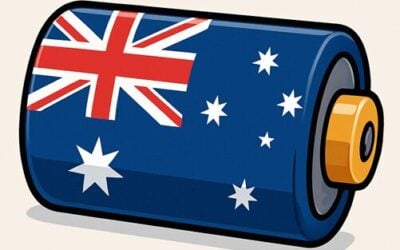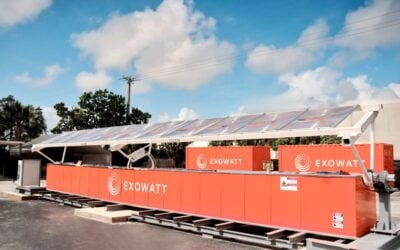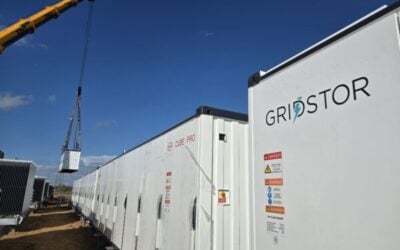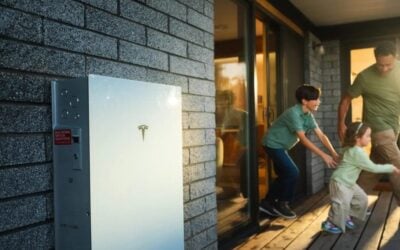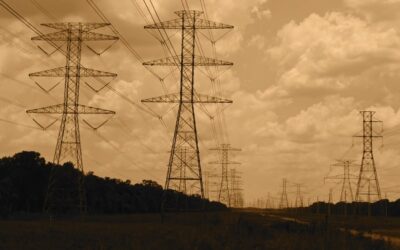
Combining energy storage with generation helps to unlock the core value of batteries and other storage, the US Energy Storage Association (ESA) has said, while data is now available on the status of installed and proposed utility-scale hybrid power plant projects throughout the country.
A team at Lawrence Berkeley National Laboratory has published a report on existing hybrid projects, installed as of the end of 2019, along with the longer-term pipeline – represented by what was in the interconnection queues of independent system operators (ISOs) and utilities serving around 80% of all electricity load in the US.
Counting systems featuring over 1MW generation capacity, the researchers included co-located plants – those which are essentially separate resources sharing a single point of interconnection to the grid – and co-controlled resources, where the generator and energy storage act as a single system asset.
By the end of 2019, “there were more than 367GW of solar plants in the nation’s queues” of which 102GW (around 28%) were hybrids, “most typically pairing PV with battery storage,” Berkeley Lab researchers wrote. About 5% of the 225GW of wind projects in interconnection queues include storage (11GW). While it should be made clear that these are proposed projects that may not yet be built, this still implies enormous growth from about 125 co-located hybrid plants representing at least 14GW aggregate capacity already deployed in the US by the end of 2019.
Try Premium for just $1
- Full premium access for the first month at only $1
- Converts to an annual rate after 30 days unless cancelled
- Cancel anytime during the trial period
Premium Benefits
- Expert industry analysis and interviews
- Digital access to PV Tech Power journal
- Exclusive event discounts
Or get the full Premium subscription right away
Or continue reading this article for free
The report, ‘Hybrid power plants: Status of installed and proposed projects,’ was published in July and can be found here.
Berkeley Lab researcher Will Gorman commented on some of these statistics at the technical conference on hybrid resources hosted online by the US’ main regulator, the Federal Energy Regulatory Commission (FERC), as Energy-Storage.news reported recently.
FERC chairman Neil Chatterjee said at that conference that, following success in moves to change regulations of the country’s regulated electricity wholesale markets to allow distributed energy storage to participate (through FERC Order 841), the regulator is now eyeing the accelerated deployment of hybrid resources as a vital next step for both the energy sector and the wider energy transition to clean energy.
Following that conference, the Energy Storage Association offered an exclusive statement to Energy-Storage.news which said that focusing on hybrid resources is a “reflection of a core value of energy storage – providing flexibility.”
“Storage-generation hybrids are being planned for a variety of reasons, including adapting to federal investment tax credit (ITC) rules, overcoming barriers to interconnection and market participation, and providing project cost-savings and hedging opportunities,” the ESA said.
However, despite the growing pipelines of planned and executed hybrid projects, while FERC Order 841 directed rules to bring “standalone storage into the power system,” through allowing them to participate in wholesale markets, market rules have not yet been updated to enable the effective utilisation of hybrids, ESA said. The Association said that it is “worth considering whether a similar effort [to FERC Order 841] on hybrids is warranted”.
“To their credit, several wholesale market operators have already begun to tackle some of the questions for how hybrids will interconnect to and participate in markets. The technical conference FERC held on hybrids focused on lessons learned from varying regional transmission operator (RTO)/ISO experiences, and what appropriate rules and progress in markets could end up resolving issues outside of a FERC rulemaking,” the ESA said.
“That said, a key question remains on the extent to which the effective and optimal use of hybrids will be the responsibility of market participants versus grid operators. This is a more fundamental question about the evolution of power system operations and governance. ESA looks forward to working with market operators, stakeholders, and FERC on these topics.”
The ESA published its own, first ever, report on hybrid resources back in September 2019, called ‘Enabling versatility: Allowing hybrid resources to deliver their full value to customers,’ which can be found here.

